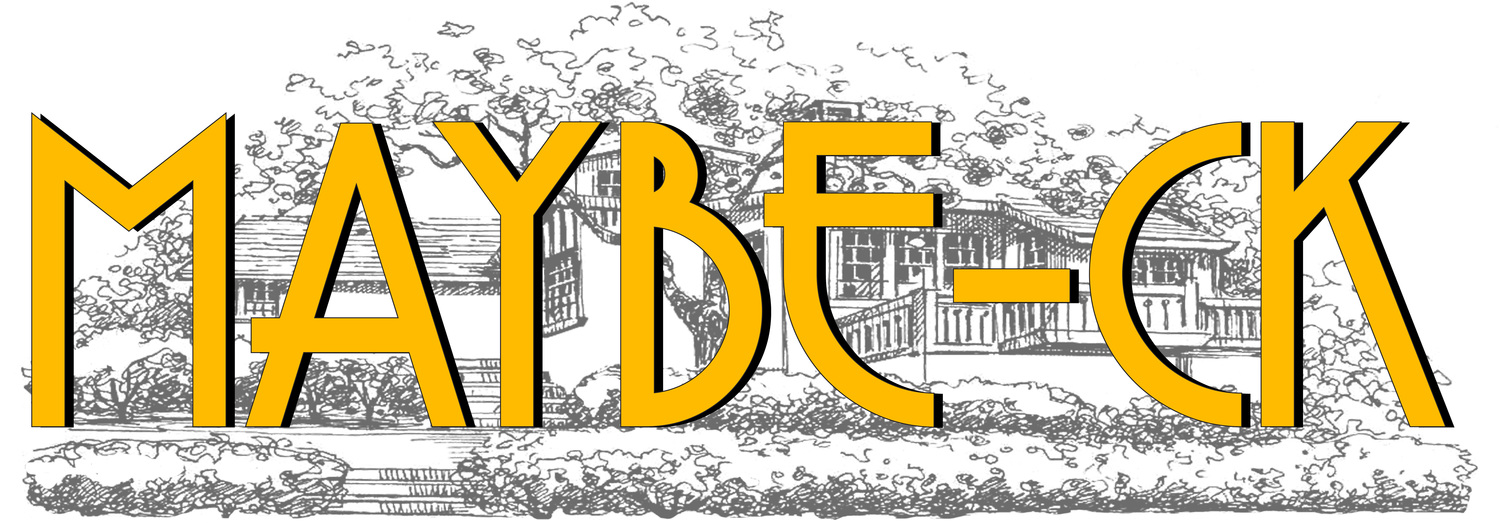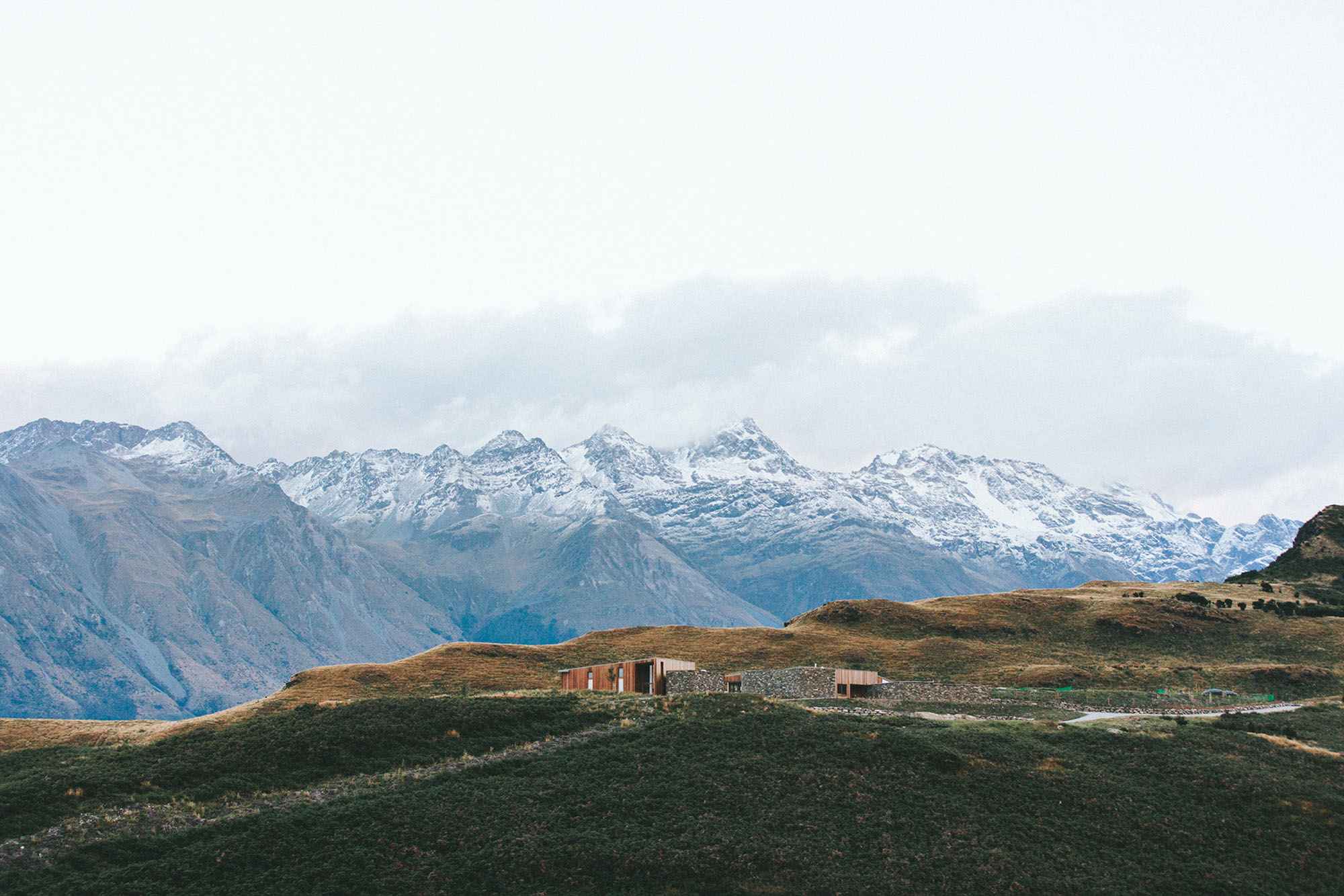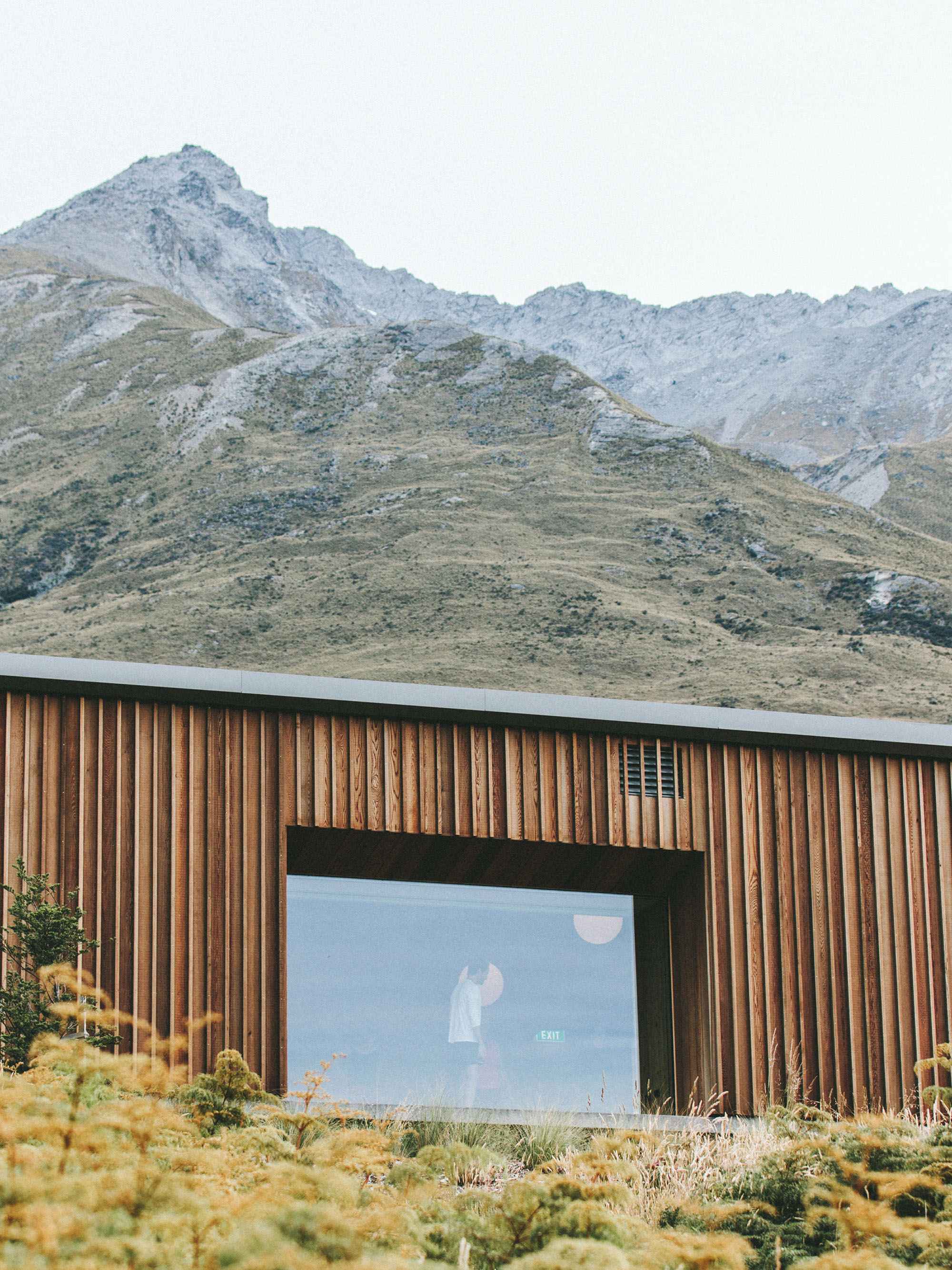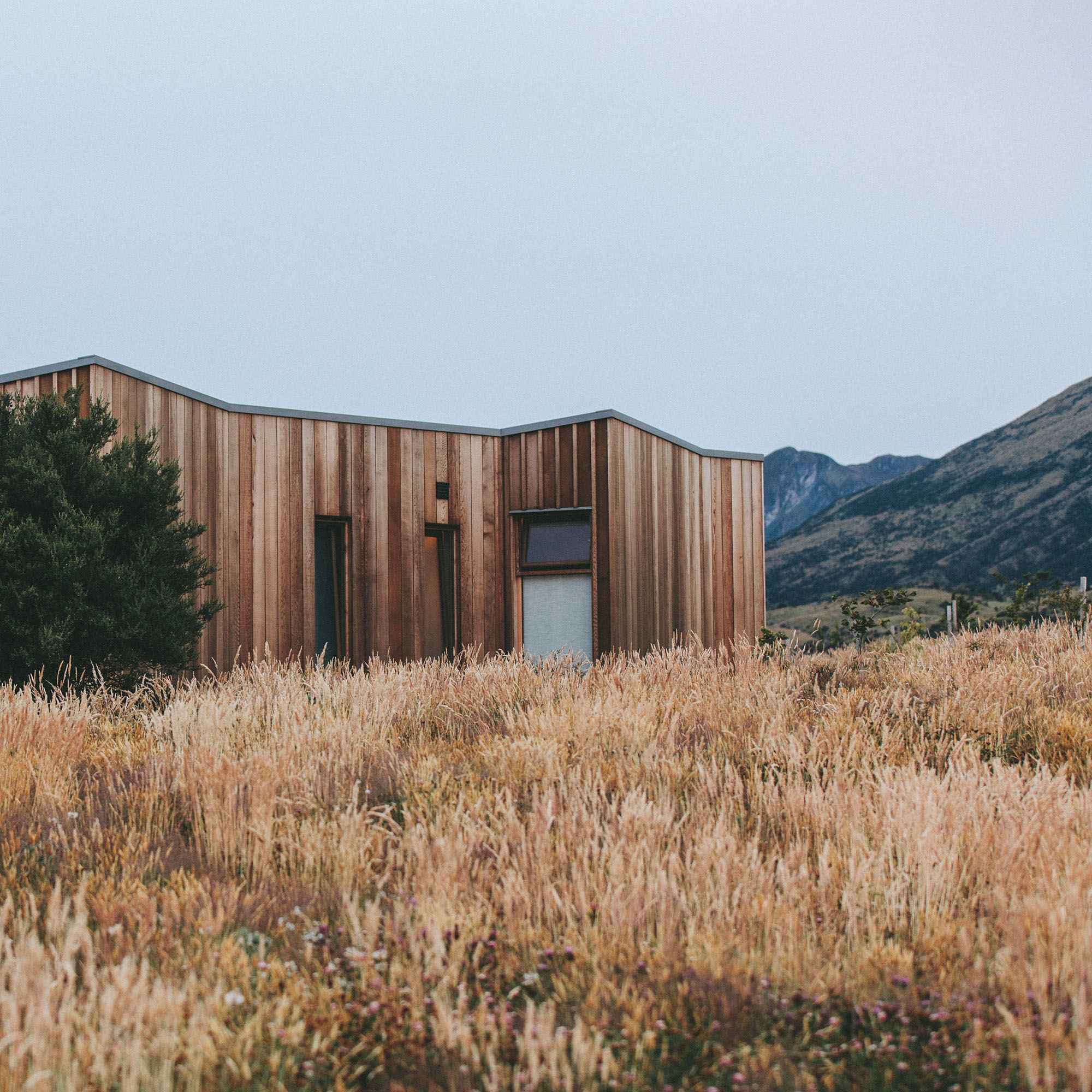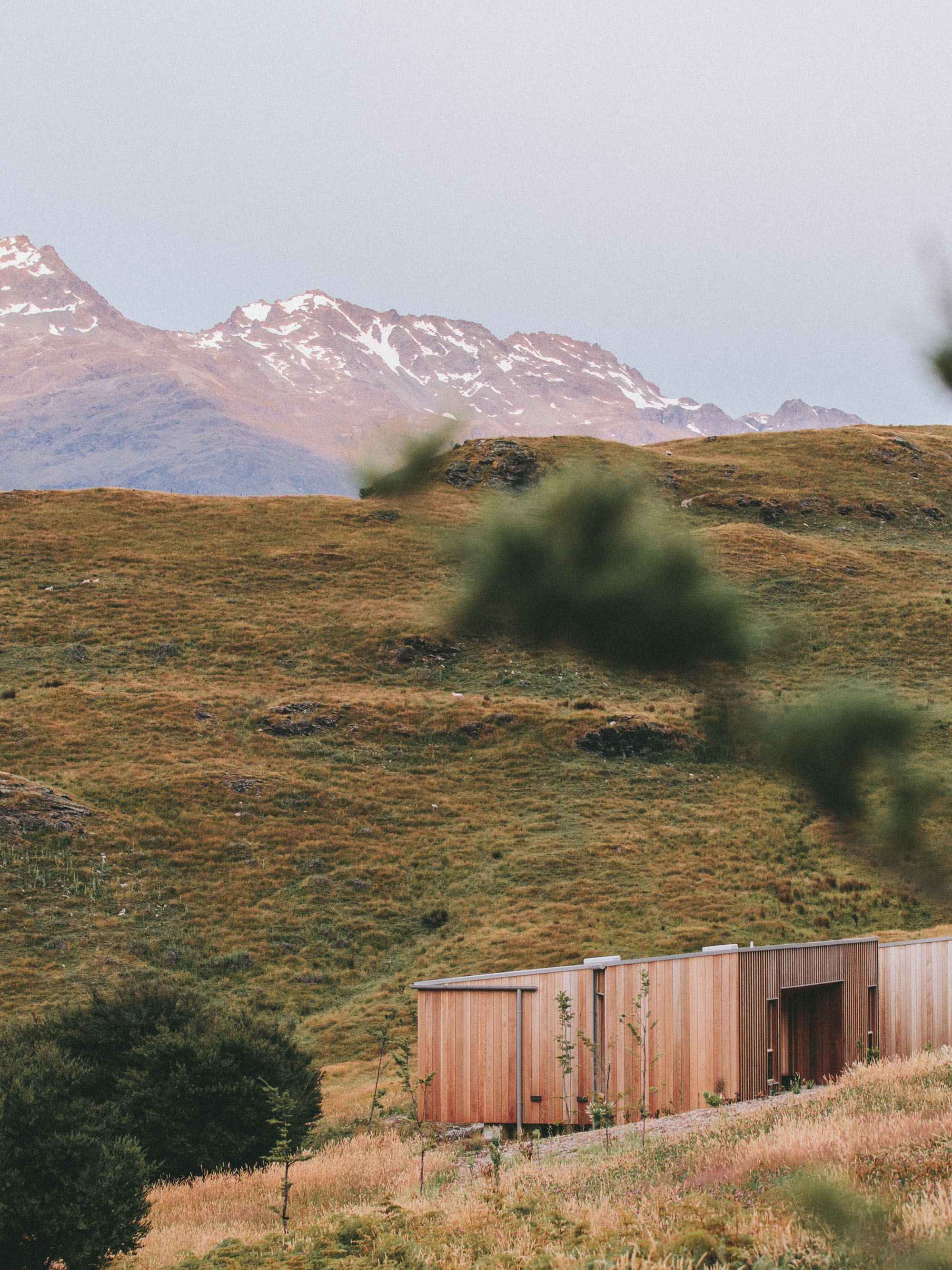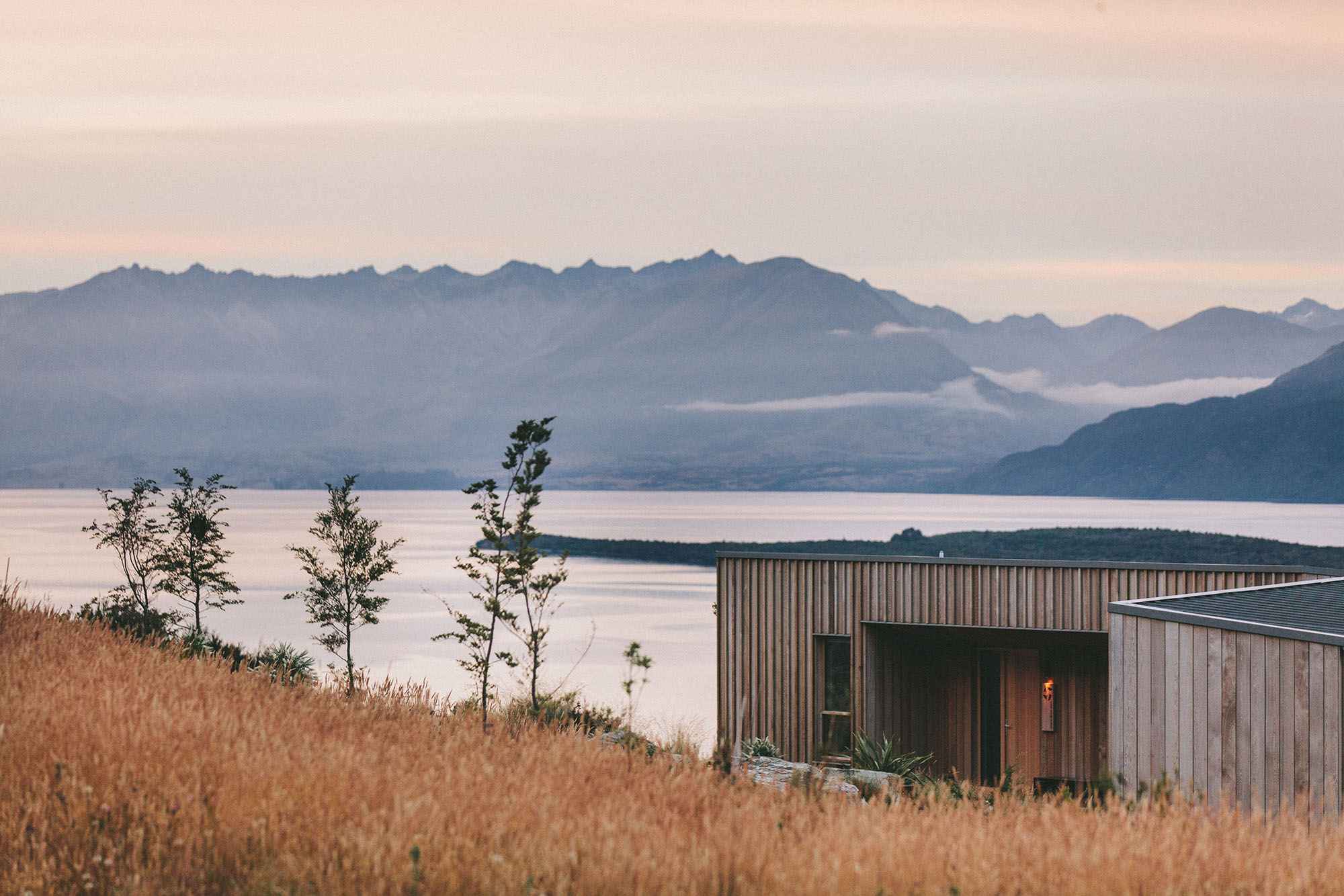Gas Line and Plumbing Basics
I redid a portion of the gas line today. For those of you unfamiliar with plumbing, originally houses were plumbed with threaded galvanized steel pipe for supply lines, cast iron for drain lines (with hubs), and black threaded steel pipe which is basically the same as the water pipes without the galvanized surface which is a crude rust inhibitor.
Unfortunately, galvanized steel water pipes get rust buildup and eventually become blocked, especially where they are connected to brass, which is what valves are made of. Valves include the shutoff at the meter, the cold water shutoff at the house, the cold shutoff at the water heater, the angle stops under sinks and toilets, and the hot and cold valves of showers, tubs, and faucets. Meaning after 90 years or so (the original house was built 1927-8), the plumbing is useless, due to an electrolytic reaction between the steel pipes and brass valves. Some particles in water have a charge, and brass and steel have different electrochemical reactions with these particles. Rust, or iron oxidization (iron being the vast majority component of steel) is greatly enhanced at the connection of brass and steel. If you have a house before the '50s, you probably have had to replace all or some of your pipes with copper, which never rusts, can be soldered instead of threaded, and gets along well with brass.
Back to gas lines...
I have already replaced most of the (supply) plumbing with copper, at great effort and expense (more on this later). I now have a pile of galvanized pipes previously used for water that I have taken out. If the rust is cleaned off, I can use these galvanized threaded pipes in the gas line. I can also reuse pieces of the original gas plumbing which is mostly black steel pipe. Remember: you can use any threaded pipe for gas - black steel, galvanized steel or brass. The gas line is at 1/4 PSI so it doesn't have to hold much pressure - the heavy pipe is so that it doesn't get nailed/screwed/sawed through by accident. If you hit a copper water pipe, it's under much more pressure so you would notice nearly immediately the water spraying everywhere but if you had a copper gas line, you could drill through it and not notice until you had a dangerous amount of gas in the house.
The gas line in the house is as follows:
+the gas comes up from the ground and goes into the gas meter, which is near the water heater in an unfinished lower level of the house, AKA a "California basement". Most CA craftsman homes have a 6-7' "unfinished lower story" which are often converted into crappy illegal lower units. The legal height for a living space is minimum 7.5'.
+the gas line goes into/under the house from the meter to the water heater, furnace, and then a very long continuous 1" bent pipe goes up to the upper level additions where the have used wall heaters for the new spaces since central heating ducts traveling that far (50'+) is difficult and impractical unless the furnace is moved to a new, more central location and the gas line and ducting is rerouted.
+the gas pipe coming from the meter is 3/4" which is typical for a SFH (one unit). The pipe going to the WH is 1/2" (typical). The pipe going to the furnace is 3/4" because it is old and inefficient. Newer furnaces use 1/2" gas line and are 95-99% efficient. The one in my house looks to be from the '40s and is likely very inefficient (plus asbestos ducting to boot). The furnace is going to need to be replaced.
+the 1" gas line going up to the two wall heaters is above spec - 3/4" would be fine. Unlike water pipes, gas expands and contracts readily and a 3/4" gas main doesn't mean 3/4"-pipe-worth-of-flow like it would mean for water. Copper pipes have the flow of the smallest restriction. Gas meters are usually 3/4" and then shortly after can bump up to 1" or more (for industrial applications).
+a high output gas range or medium size gas tankless water heater need 3/4" gas lines. If you have much more than a modern-ish efficient furnace, a standard 40 or 50gal water heater, and a (residential-style) gas range and dryer, you probably should jump up to 1" within a foot of the meter.
I'm redoing the gas line because
-the house originally had an electric range, which is highly unusual for '27 and a classic Maybeck feature. I want a gas range that fits in the 38-39" spot in the kitchen so I can keep it mostly original, so I got an old Wedgewood from the 40s which is around the time of the last permitted additions.
-most old houses have floppy old gas lines that leak and zig zag all over the place and they need to be redone in a tidy, logical way. Also commercial style gas ranges (Wolf, BlueStar, Thermador, Viking etc.) and tankless hot water heaters, both very much in vogue, necessitate a 1" gas line upgrade over 3/4". Be aware of this cost when choosing these appliances as the cost to redo a gas line can be substantial.
Above is the gas going left to the old furnace 3/4", below right going upstairs 1", above right going to water heater and meter
Above is the same basic setup but redone with an added gas line for the Wedgewood range.
Hard to see but I added a 3/4" line for the range at the upper right corner by the cold shutoff, right next to where it goes out to the meter.
Old furnac, circa 1940
I capped the gas line headed to the old furnace (top right). The old gas feed is at the top left. I will do the gas line for the furnace when the new one comes. They are substantially smaller and I could move it to the right to make more room to access the "crawl-way" to where the water main comes up under the front deck off the living room.
Note the white ducting - asbestos was used as a great, although poisonous insulator. A natural mineral, it was an additive for duct wrap and used as fireproof asbestos cement ducting and siding (as well as asbestos linoleum floor tiles often in 9" square tiles but you have to test to be sure.)
3/4" gas line going up
Popping out behind the range
Every appliance and heater - gas range, oven, dryer, wall furnace, central heat - needs a shutoff valve.
For the range, you're supposed to have a long hose so you can pull it out from the cabinets, get behind it to shutoff the gas and disconnect the range if you want to change it out. Code says that it would be lame to shutoff the gas at the main just to change an appliance. Imagine no heat or hot water in the winter while your stove is being repaired. It would be sucky.
